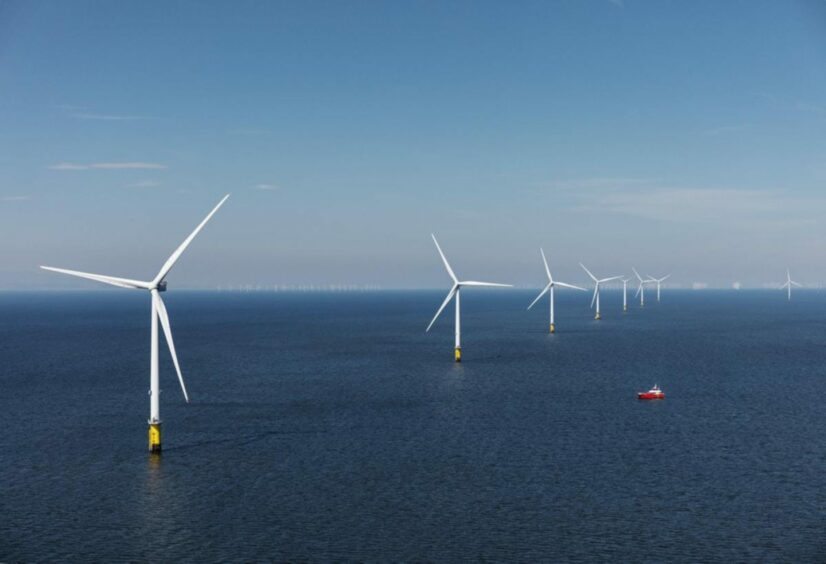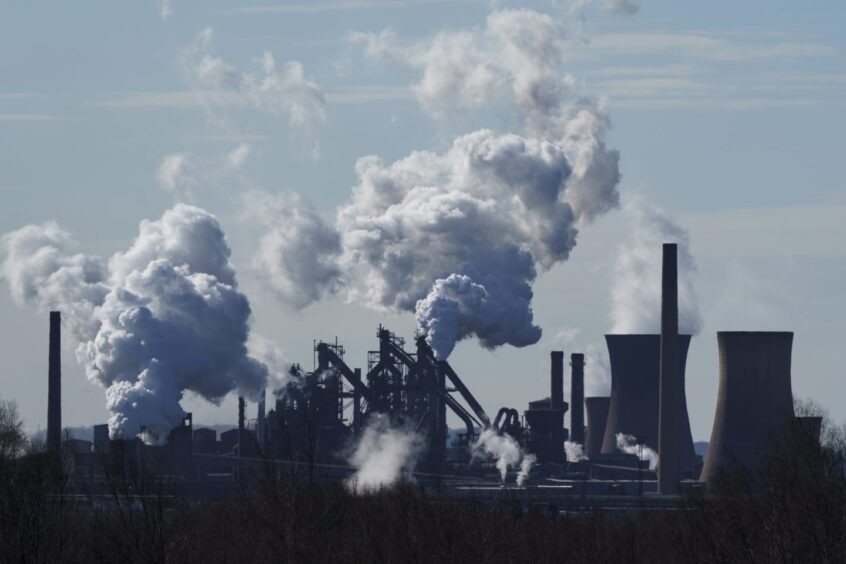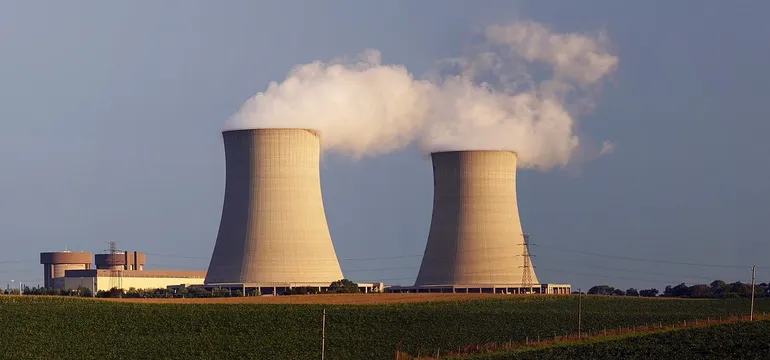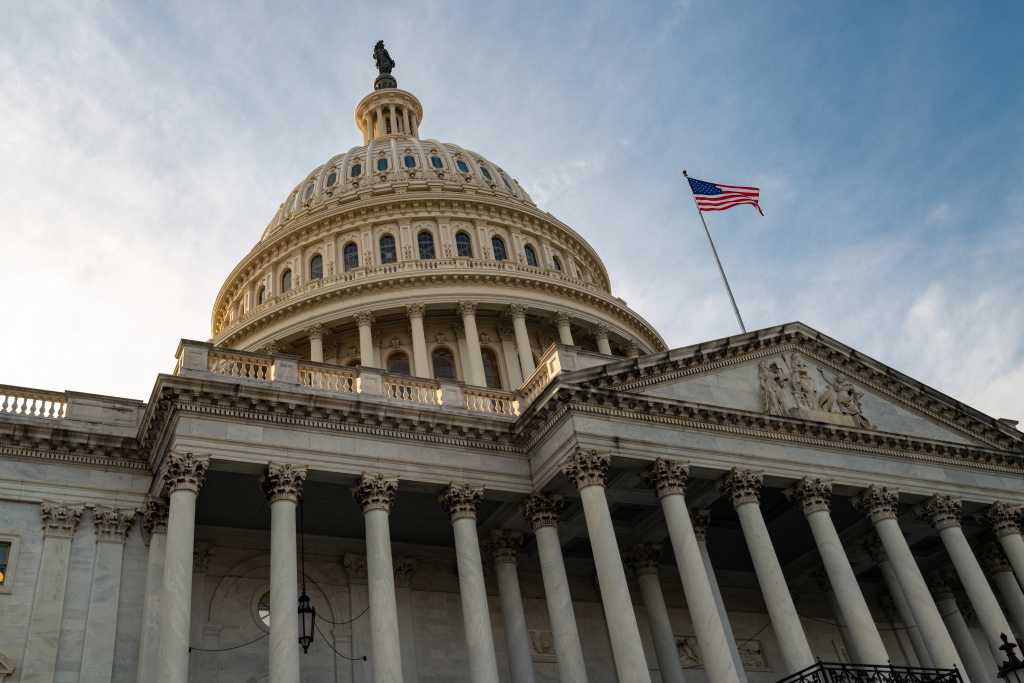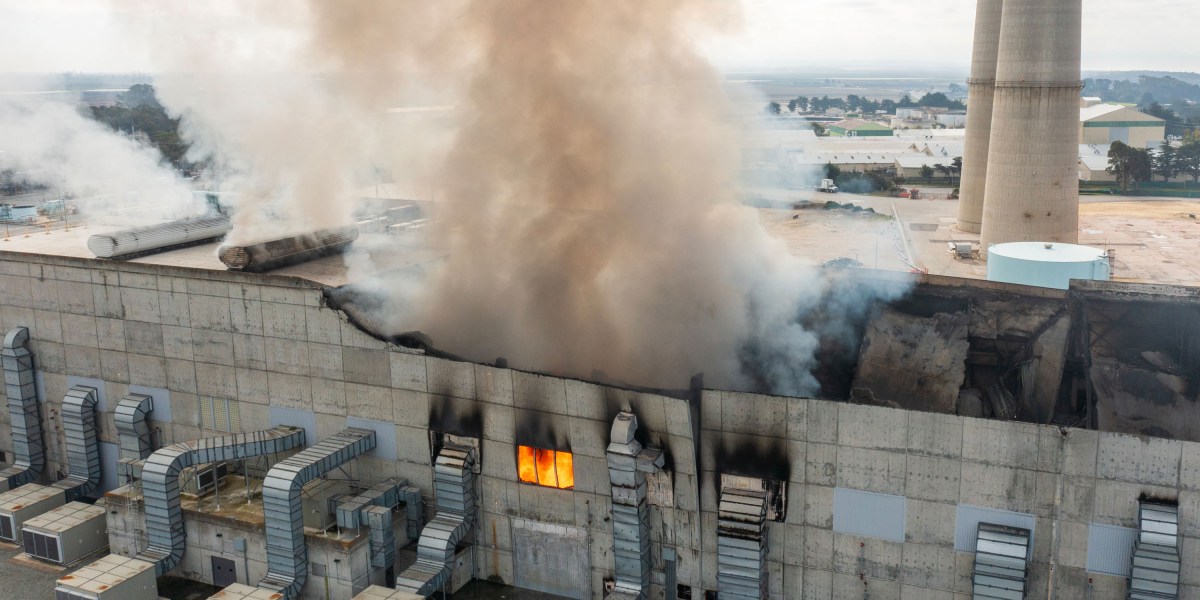
This article is from The Spark, MIT Technology Review’s weekly climate newsletter. To receive it in your inbox every Wednesday, sign up here.
A few weeks ago, a fire broke out at the Moss Landing Power Plant in California, the world’s largest collection of batteries on the grid. Although the flames were extinguished in a few days, the metaphorical smoke is still clearing.
Some residents in the area have reported health issues that they claim are related to the fire, and some environmental tests revealed pollutants in the water and ground near where the fire burned. One group has filed a lawsuit against the company that owns the site.
In the wake of high-profile fires like Moss Landing, there are very understandable concerns about battery safety. At the same time, as more wind, solar power, and other variable electricity sources come online, large energy storage installations will be even more crucial for the grid.
Let’s catch up on what happened in this fire, what the lingering concerns are, and what comes next for the energy storage industry.
The Moss Landing fire was spotted in the afternoon on January 16, according to local news reports. It started small but quickly spread to a huge chunk of batteries at the plant. Over 1,000 residents were evacuated, nearby roads were closed, and a wider emergency alert warned those nearby to stay indoors.
The fire hit the oldest group of batteries installed at Moss Landing, a 300-megawatt array that came online in 2020. Additional installations bring the total capacity at the site to about 750 megawatts, meaning it can deliver as much energy to the grid as a standard coal-fired power plant for a few hours at a time.
According to a statement that site owner Vistra Energy gave to the New York Times, most of the batteries inside the affected building (the one that houses the 300MW array) burned. However, the company doesn’t have an exact tally, because crews are still prohibited from going inside to do a visual inspection.
This isn’t the first time that batteries at Moss Landing have caught fire—there have been several incidents at the plant since it opened. However, this event was “much more significant” than previous fires, says Dustin Mulvaney, a professor of environmental studies at San Jose State University, who’s studied the plant.
Residents are worried about the potential consequences.The US Environmental Protection Agency monitored the nearby air for hydrogen fluoride, a dangerous gas that can be produced in lithium-ion battery fires, and didn’t detect levels higher than California’s standards. But some early tests detected elevated levels of metals including cobalt, nickel, copper, and manganese in soil around the plant. Tests also detected metals in local drinking water, though at levels considered to be safe.
Citing some of those tests, a group of residents filed a lawsuit against Vistra last week, alleging that the company (along with a few other named defendants) failed to implement adequate safety measures despite previous incidents at the facility. The suit’s legal team includes Erin Brockovich, the activist famous for her work on a 1990s case against Pacific Gas & Electric Company involving contaminated groundwater from oil and gas equipment in California.
The lawsuit, and Brockovich’s involvement in particular, raises a point that I think is worth recognizing here: Technologies that help us address climate change still have the potential to cause harm, and taking that seriously is crucial.
The oil and gas industry has a long history of damaging local environments and putting people in harm’s way. That’s evident in local accidents and long-term pollution, and in the sense that burning fossil fuels drives climate change, which has widespread effects around the world.
Low-carbon energy sources like wind, solar, and batteries don’t add to the global problem of climate change. But many of these projects are industrial sites, and their effects can still be felt by local communities, especially when things go wrong as they did in the Moss Landing fire.
The question now is whether those concerns and lawsuits will affect the industry more broadly. In a news conference, one local official called the fire “a Three Mile Island event for this industry,” referring to the infamous 1979 accident at a Pennsylvania nuclear power plant. That was a turning point for nuclear power, after which public support declined sharply.
With the growing number of electric vehicles and batteries for energy storage on the grid, more high-profile fires have hit the news, like last year’s truck fire in LA, the spate of e-bike battery fires in New York City, or one at a French recycling plant last year.
“Battery energy storage systems are complex machines,” Mulvaney says. “Complex systems have a lot of potential failures.”
When it comes to large grid-scale installations, battery safety has already improved since Moss Landing was built in 2020, as Canary Media’s Julian Spector points out in a recent story. One reason is that many newer sites use a different chemistry that’s considered safer. Newer energy storage facilities also tend to isolate batteries better, so small fires won’t spread as dramatically as they did in this case.
There’s still a lot we don’t know about this fire, particularly when it comes to how it started. Learning from the results of the ongoing investigations will be important, because we can only expect to see more batteries coming online in the years ahead.
In 2023, there were roughly 54 gigawatts’ worth of utility-scale batteries on the grid globally. If countries follow through on stated plans for renewables, that number could increase tenfold by the end of the decade.
Energy storage is a key tool in transforming our grid and meeting our climate goals, and the industry is moving quickly. Safety measures need to keep up.
Related reading
E-bike battery fires, including ones started by delivery drivers’ vehicles, have plagued New York City. A battery-swapping system could help address the problem.
Insulating materials layered inside EV batteries could help reduce fire risk. A company making them just got a big boost in the form of a loan from the US Department of Energy.
New chemistries, like iron-air batteries, promise safer energy storage. Read our profile of Form Energy, which we named one of our 15 Climate Tech Companies to Watch in 2024.
Keeping up with climate
Data centers are expected to be a major source of growth in electricity demand. Being flexible may help utilities meet that demand, according to a new study. (Inside Climate News)
The world’s first lab-grown meat for pets just went on sale in the UK. Meatly is selling limited quantities of its treats, which are a blend of plant-based ingredients and cultivated chicken cells. (The Verge)
Kore Power scrapped plans for a $1.2 billion battery plant in Arizona, but the company isn’t giving up just yet. The new CEO said the new plan is to look for an existing factory that can be transformed into a battery manufacturing facility. (Canary Media)
The auto industry is facing a conundrum: Customers in the US want bigger vehicles, but massive EVs might not make much economic sense. New extended-range electric vehicles that combine batteries and a gas-powered engine that acts as a generator could be the answer. (Heatmap)
Officials at the National Oceanic and Atmospheric Administration were told to search grants for words related to climate change. It’s not clear what comes next. (Axios)
It might be officially time to call it on the 1.5 °C target. Two new studies suggest that the world has already entered into the runway to surpass the point where global temperatures increase 1.5 °C over preindustrial levels. (Bloomberg)
States are confused over a Trump administration order to freeze funding for EV chargers. Some have halted work on projects under the $5 billion program, while others are forging on. (New York Times)
Cold weather can affect the EV batteries. Criticisms likely portray something way worse than the reality, but in any case, here’s how to make the most of your EV in the winter. (Canary Media)





